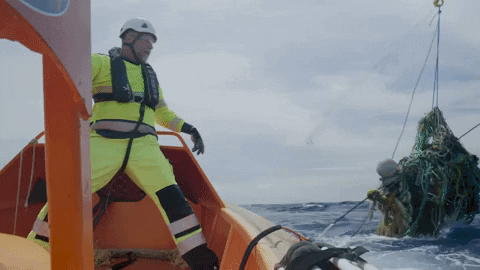Modelling floating plastic origin, transport and accumulation in the world’s ocean
Conference presentation
March 2017, Association for the Sciences of Limnology and Oceanography
Abstract
Marine debris and particularly plastic litter represent a major threat for ecosystems, human health and the economy. Understanding the origin, transport and accumulation of floating ocean plastics is critical to assess global risks and impacts. Here we present a global dispersal model for the simulation of marine debris trajectories allowing for variation of debris floatability and shape. Lagrangian particles are advected by multiple environmental forcing terms including sea surface currents, sea surface winds and waves. A leeway drift coefficient is applied to balance hydrodynamic and atmospheric forcing terms. Our model is validated against Surface Velocity Program (SVP) drifter position data. SVP drifters are equipped with a drogue that significantly reduce the atmospheric drag and wave-induced Stokes drift. Most drifters are equipped with a submergence sensor which helps in detecting if the drogue is still attached. We present the comparison between modelled and observed velocities for 2 million daily positions recorded by drogued and undrogued drifters. Further validation is conducted by comparing sightings of debris originating from the 2011 ToHoku tsunami and model-predicted arrival time on North American and Hawaiian shores. Our dispersal model is currently used to simulate the transport and accumulation of plastic marine debris at global scale from multiple particle source scenarios. Model predictions are compared against quantifications of floating plastic debris derived from maritime and airborne in-situ observations.
